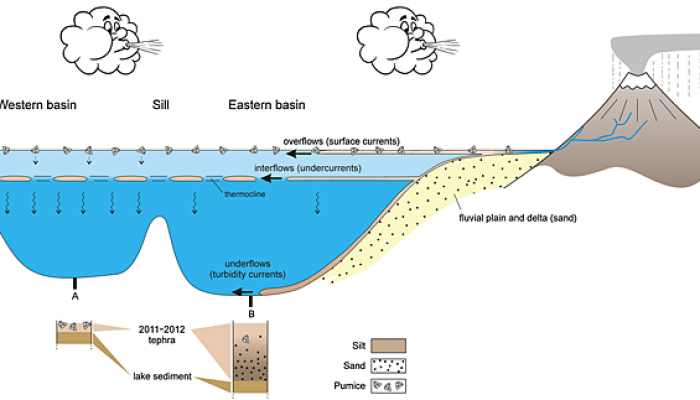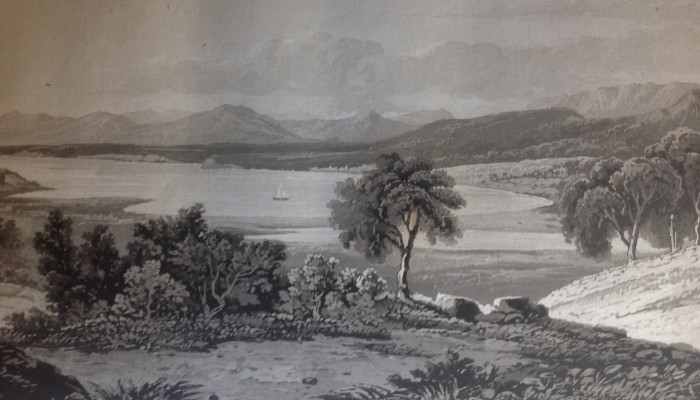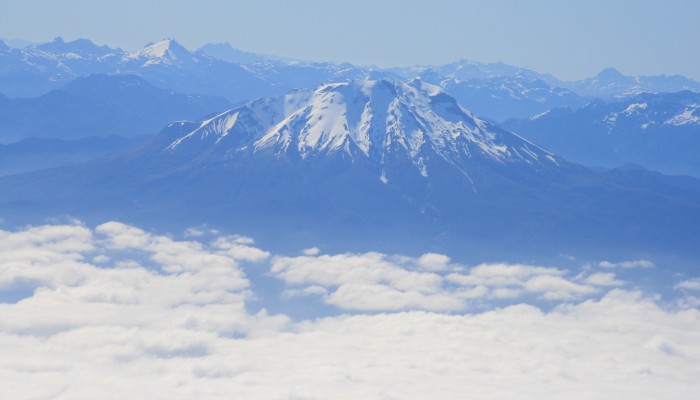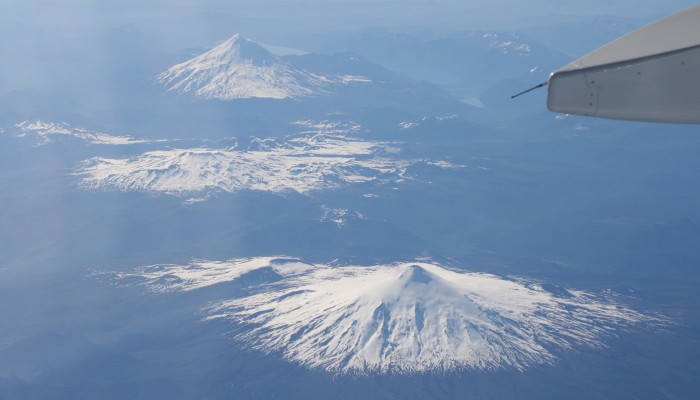As news comes in of another very large earthquake in Chile – the third magnitude 8 earthquake along Chile’s Pacific margin in the past six years – this is a stark reminder of the destructive potential of these extreme natural events. These days we are used to the rapid, or near-real-time diffusion of news as these events unfold – in this case, as the tsunami ran along the C ...[Read More]
Volcán Calbuco: what do we know so far?
Detailed assessments of what happened during the April 22-23 eruption of Calbuco, Chile, are now coming in from the agencies responsible for the scientific monitoring of the eruption (SERNAGEOMIN) and for the emergency response (ONEMI). The volcano is well monitored and accessible, and as a result there has been a great deal of high quality information, and imagery, made available very quickly. In ...[Read More]
Calbuco erupts. April 22, 2015.
Volcan Calbuco, which burst into eruption on April 22nd, is one of more than 74 active volcanoes in Southern Chile that are known to have erupted during the past 10,000 years. Unlike its photogenic neighbour, Osorno, Calbuco is a rather complex and rugged volcano whose eruptive record has posed quite a challenge for Chilean geologists to piece together. The little that we do know about Calbuco’s e ...[Read More]
Villarrica erupts. March 3, 2015, Chile.
Villarrica (Ruka Pillan in Mapudungun) is one of the most active volcanoes of southern Chile, and is a popular tourist destination in the heart of the Chilean Lake district. Villarrica has been in a continuous state of steady degassing for much of the past 30 years, since the last eruption in 1984-5, and began showing signs of increased unrest (seismicity, and visible activity in the summit ...[Read More]
Landslides, lake tsunamis and the tragedy of Lago Cabrera
Fifty years ago, on 19th February 1965, a rock and ice landslide fell from the summit face of Volcan Yate in southern Chile. It was mid-summer, and was one of the warmest and wettest February records in that part of Chile on record. The debris slid rapidly down a narrow gully, losing at least 1500 metres in elevation, until it emerged into the southern end of a small montane lake. This triggered a ...[Read More]
The fate of volcanic ash in the environment

Over the past few years, we have been working to piece together the record of major post-glacial volcanic eruptions in southern Chile that have occurred over the past 18,000 years. This work started off with a search for volcanic ash layers that were preserved in road cuttings, or cliff faces other accessible geological locations in the region. Since then it has expanded to include the search for ...[Read More]
Friday Field Photo: Mocho Choshuenco volcano, Chile
Volcanoes Under the Ice
A fascinating story has emerged this week from a paper in Nature Geoscience by Amanda Lough and co-workers (Lough et al., 2013), on the discovery of a new volcano deep beneath the ice of the Western Antarctic Ice Sheet (WAIS). The discovery is partly a story of scientists looking in a place where no-one had looked before; this case, using a network of seismometers, as a part of POLENET/ANET ̵ ...[Read More]
Friday Field Photo – Volcanic Crater Lake, near Sollipulli, Chile
Friday Field Photos: the Southern Volcanic Zone of Chile
If you are ever in Chile and have the chance to take a mid-morning flight south from Santiago towards Puerto Montt or Concepcion, make sure you try and book a window seat on the left hand side of the plane. Once the early morning cloud has cleared, you could be in for a treat as you fly along the ‘volcanic front’, with spectacular views of Chile’s brooding volcanoes popping up f ...[Read More]



